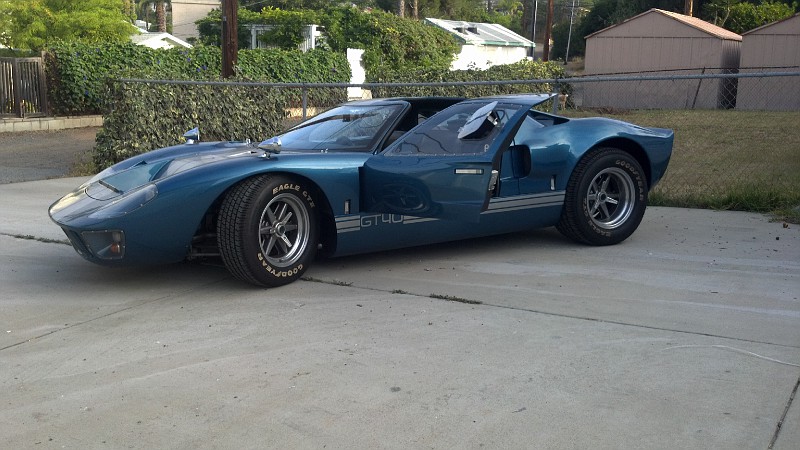After fighting with moving my pedals in my CAV for weeks, I finally get everything right last night and drove it in to work today. I have it parked for 5 minutes and a long time customer of mine starts asking loads of questions about it. By the end of our 30min conversation I find out that his buddy has an old ski boat from the 60's with a real deal 427 side oiler in it. I has been sitting for decades and he told me the motor is intact but will need a rebuild. Question #1 what do I even offer for something like this? Question #2 would be it stupid to even think about dumping my 5L and loading this large cast iron chunk in the back of my car.



